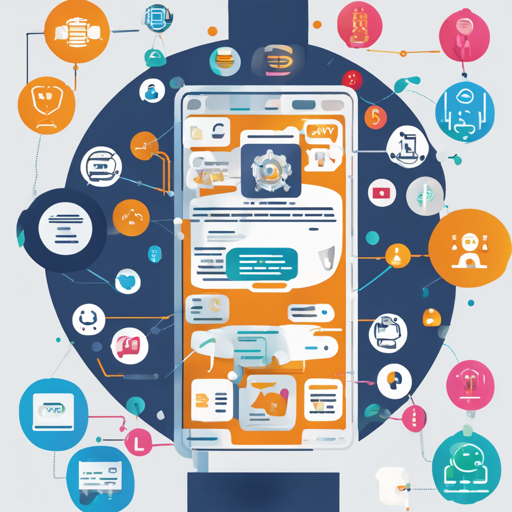Building an intelligent chatbot is no longer the realm of science fiction! With the introduction of the CVP Stack, combining ChatGPT, vector databases, and prompt-as-code, you can create a knowledge-enhanced chatbot that understands and responds to user queries more accurately than ever before. In this guide, we’ll walk you through the deployment of OSSChat, which serves as a working demonstration of the CVP stack.
Overview of the CVP Stack
The CVP Stack leverages a ChatGPT-like system augmented with semantic search capabilities, ensuring enhanced responses to user inquiries. Instead of merely forwarding user questions to the large language model (LLM), our system first retrieves relevant information from a customized knowledge base using semantic search or keyword matching. This method allows the LLM to tailor its responses based on both user intent and useful contextual information.
Imagine your chatbot as a smart librarian. Instead of asking the librarian directly for a book, you give them some hints about what you want. The librarian then goes to their shelves, digs out relevant information, and finally hands you a well-organized book that not only answers your question but also provides additional context you didn’t even know you needed!
Deployment Steps
- Clone the Repository
First, begin by downloading the code repository.
$ git clone https://github.com/zilliztech/akcio.git$ cd akcio - Install Dependencies
Next, ensure you have all the necessary packages installed.
$ pip install -r requirements.txt - Configure Your Modules
Edit the
config.pyfile to start configuring your system.- By default, the system uses OpenAI services. To set your API key as an environment variable, run:
$ export OPENAI_API_KEY=your_keys_here - Start the Service
Launch the FastAPI service from the command line.
- For Towhee:
$ python main.py --towhee - For LangChain:
- Access the Web Interface
Open your browser and visit http://localhost:8900/docs to access the web service.
$ python main.py --langchainLoading Data into the Chatbot
Once you’ve got your chatbot up and running, the next stage is to populate it with data.
Offline Loading
We recommend this method to load a larger dataset efficiently. This involves using separate commands to load your documents. Refer to the offline_tools for detailed instructions.
Online Loading
For smaller datasets, you can utilize a POST request. Ensure the FastAPI service is running and use the following endpoints:
POST http://localhost:8900/projectaddParameters for loading data include:
project_name: Name of your projectdata_src: Path to the document or URLsource_type: Indicate whether the source is a file or URL
Troubleshooting Your Chatbot Experience
If you encounter issues during deployment or while interacting with your chatbot, consider the following troubleshooting tips:
- Ensure all services required (like databases) are running and configured correctly.
- Check for any typos in your configuration files or command line commands.
- If you’re not getting expected results, attempt to verify the data loaded; incorrect data can lead to improper responses.
- Revisit the API documentation to ensure you are utilizing the endpoints correctly.
For more insights, updates, or to collaborate on AI development projects, stay connected with fxis.ai.
Conclusion
With the capabilities of the CVP Stack and OSSChat, your chatbot can evolve from basic responses to providing tailored information, making it a more effective communication tool. At fxis.ai, we believe that such advancements are crucial for the future of AI, as they enable more comprehensive and effective solutions. Our team is continually exploring new methodologies to push the envelope in artificial intelligence, ensuring that our clients benefit from the latest technological innovations.

